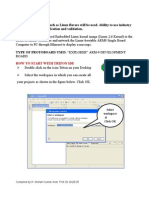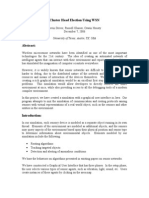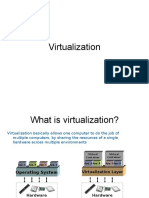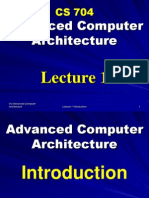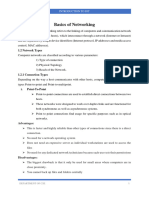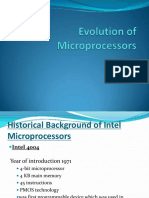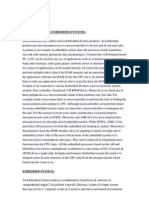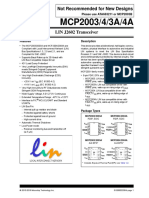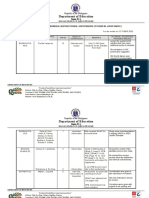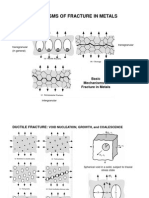0% found this document useful (0 votes)
232 views73 pagesEmbedded Systems Overview Guide
This document provides an introduction to embedded systems. It defines an embedded system as a computer system designed to perform one or a few dedicated functions, which is embedded as part of a complete device including hardware and mechanical parts. The document then discusses some key characteristics of embedded systems such as being special-purpose, tightly constrained, reactive and real-time. It also compares embedded systems to general-purpose systems. Finally, it provides an overview of embedded system applications and history.
Uploaded by
Omar EzzCopyright
© © All Rights Reserved
We take content rights seriously. If you suspect this is your content, claim it here.
Available Formats
Download as PDF, TXT or read online on Scribd
0% found this document useful (0 votes)
232 views73 pagesEmbedded Systems Overview Guide
This document provides an introduction to embedded systems. It defines an embedded system as a computer system designed to perform one or a few dedicated functions, which is embedded as part of a complete device including hardware and mechanical parts. The document then discusses some key characteristics of embedded systems such as being special-purpose, tightly constrained, reactive and real-time. It also compares embedded systems to general-purpose systems. Finally, it provides an overview of embedded system applications and history.
Uploaded by
Omar EzzCopyright
© © All Rights Reserved
We take content rights seriously. If you suspect this is your content, claim it here.
Available Formats
Download as PDF, TXT or read online on Scribd
/ 73


